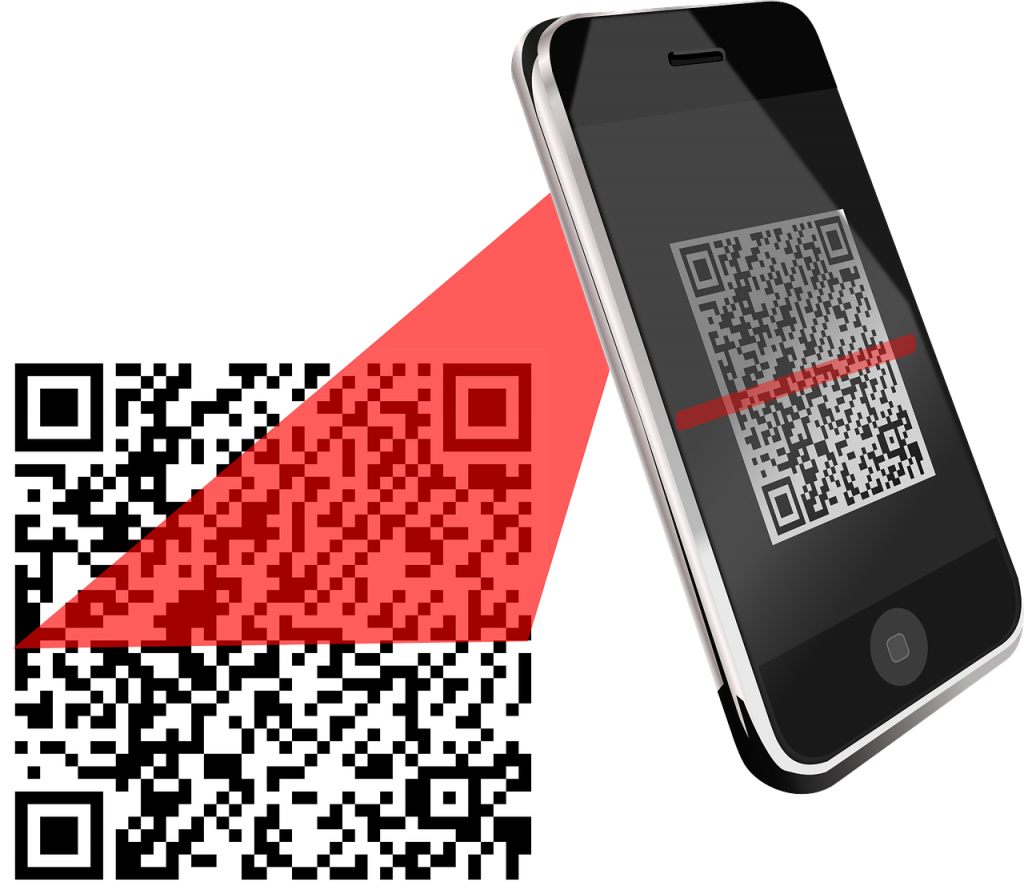With consumer and merchant preferences shifting towards contactless payment methods in the wake of the Covid-19 pandemic, payments activated by Quick Response codes are gaining more attention. That’s because they are a low-cost way for merchants without NFC (near-field communication)-based applications, such as Apple Pay and Google Pay, to add contactless payment, experts say.
“QR codes are able to be used in scenarios where NFC is more difficult to implement, such as in restaurants or bars where the payment device isn’t typically brought to the customer,” says Nate Hirshberg, vice president, marketing for Allentown, Pa.-based Shift4 Payments Inc. “QR codes offer a unique solution that can be implemented with minimal cost while offering additional functionality, such as a built-in loyalty program or email capture for marketing purposes.”

In June, Shift4 rolled out QR Pay, which allows customers to pay by scanning a QR code on a receipt or payment-terminal screen, and then to complete the transaction on their phone. Shift4 is offering QR code payment functionality at no additional cost.
To Hirshberg’s point that restaurants are a potentially fertile market for QR code payments, Toast Inc., a provider of POS and management systems for restaurants, offers a QR-code payment option. Its offering relies on a consumer to scan a QR code printed on a receipt using her mobile phone, then click to secure payments page and enter her card number. In addition, merchants can include a survey about the dining experience.
Other ways to add value to QR-code payments include a built-in loyalty program or email capture for marketing purposes, Hirshberg says.
Also making QR-code payments an attractive alternative to NFC payments is that there are few technical barriers for merchants to install the technology. That makes it a viable option for merchants that want to offer contactless payments but do not have NFC-capable POS systems, says Thad Peterson, a senior analyst for Boston-based Aite Group.
“(QR Code payments) create new opportunities to engage merchants without the need to implement an NFC solution for contactless payments,” Peterson says. “It also creates opportunities for consumers to use non-card based-payment alternatives.”
QR-code payment applications also cost less than NFC payment solutions, payments experts say. Merchants with barcode readers at the point-of-sale need only add software or a software update from the POS systems provider, as opposed to new hardware and software, to support the technology, says Hirshberg.
One barrier to broader adoption of QR-code payment in the United States, Peterson says, is the potential difficulty of expanding the technology in markets that do not typically see an influx of Chinese tourists eager to use Alipay, WeChat Pay, and UnionPay QR, which are ubiquitous payments options in China and are based on QR codes.
For now, “without a large customer base of Chinese tourists that want use AliPay and WeChat Pay, there is not enough consumer demand for merchants to add the technology,” Peterson says.
One player that could alter the playing field is PayPal Holdings Inc.’s Venmo peer-to-peer payments service, which is testing QR-code payment as part of Venmo Business Profiles. “PayPal is certainly in position to create demand for QR-code payments, as they have the user and merchant base and are a highly trusted brand,” Peterson says.





